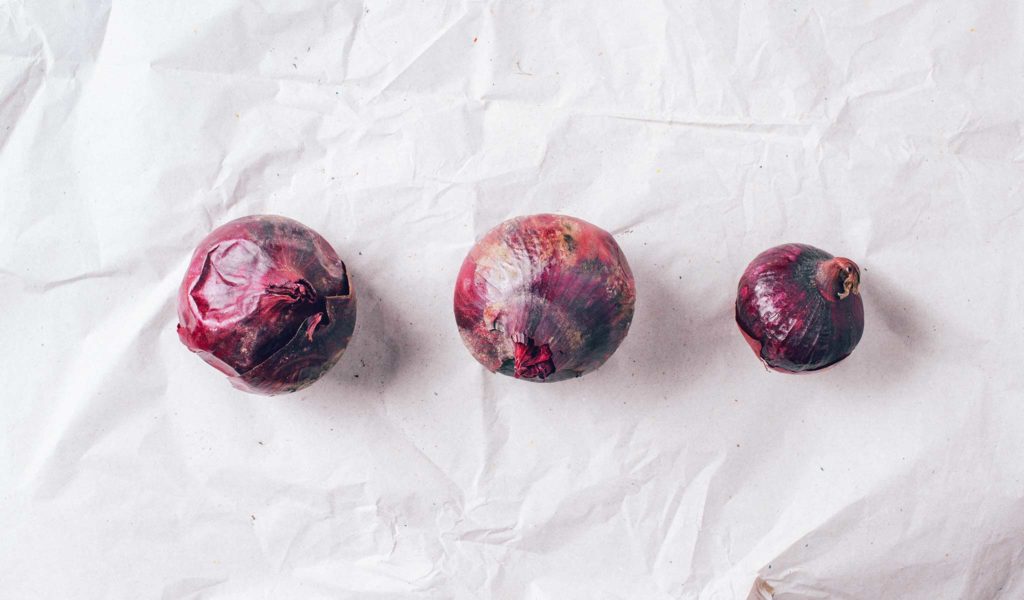Despite increasing awareness around the topic, food waste is not typically the first thing that jumps into people’s minds when climate change is discussed. However, the scale of the problem is shocking, with around 30-40 percent of the US food supply going to waste, equaling 219 pounds of waste per person per year.
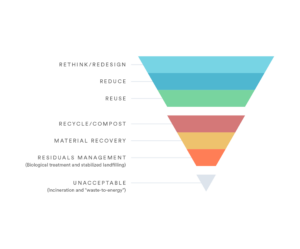
Source: zerowaste.com
There are many reasons behind this level of waste, from inefficient farming techniques to global demand driving protracted distribution routes, but the fact is that most waste generation occurs at the consumer level. The reasons behind this are varied, but one of the best ways we can minimize the amount of food that ends up in landfill or the incinerator is to, simply, create less off it.
On the zero-waste hierarchy, reduction is the second-to-best step in minimizing waste, after redesigning existing linear systems, and there are countless ways to do it. This can include buying less and portioning better, it can include learning how to store food correctly, and it can even include rescuing food that has otherwise been discarded.
One such way people are doing that is through the Freegan movement—an ideology that aims to limit participation in conventional economies and reduce resource consumption through food rescue. But what exactly does that involve, and can Freeganism work for everyone? Here we look at the movement and what Freeganism means today.
What is Freegansim?
The definition of Freeganism is the practice of foraging or recycling items and food that other people have trashed. This often involves searching through dumpsters, typically at supermarkets and other food retailers, for edible food that has been discarded.
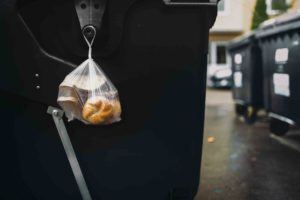
This might sound unappealing and dangerous to some people, but the Freegan movement has been rescuing all kinds of high-quality food products that would otherwise be trashed. In fact, in direct response to our existing system of distribution and consumption, Freegans aim to highlight wasteful practices by spreading the word on the kind of produce thrown away every day.
Freeganism can trace its roots back to the 80s and the Food Not Bombs group in Cambridge, Massachusetts. The priorities and core of this group were to share free vegetarian meals as a protest against militarism—sometimes through looking through dumpsters, but more often by working with local businesses to rescue food before it’s thrown out.
Today, while searching dumpsters remains a key part of the Freegan movement, along with other practices such as guerrilla gardening, the organization of food donations from businesses is a more viable method of rescuing produce that would otherwise go to waste. In fact, loose-knit groups of independent collectives such as Food Not Bombs may be credited with building the frameworks that now form part of many commercial-scale food donation programs in cities and communities.
What problems does Freeganism highlight?
Existing food distribution systems and consumption patterns are inherently wasteful—particularly at the consumer level. We have been encouraged to dispose of food that is ‘out of date’ for many years, and only recently have producers, retailers, and consumers begun to question this inherited “wisdom”.
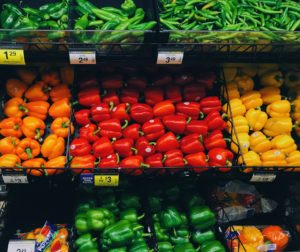
This is one of the biggest problems that Freegans look to highlight. Put simply, rescuing cartloads of perfectly edible food, discarded by supermarkets because they are a day out of date, paints a vivid picture as to the scale of our waste generation.
Organizations such as freegan.info, one of the largest global Freegan groups that exist today, continues along this ideological stance, highlighting a ‘throwaway culture that encourages disposability’ while connecting individuals who wish to get involved as practicing Freegans through dumpster diving and other community events.
However, Freeganism highlights an even more worrying issue that currently plagues the US—food poverty. Today’s most forward-thinking Freegan organizations have developed beyond the practice of foraging food for individuals or single families, and instead, look to bridge the gap between food waste and food poverty.
Food Not Bombs is one organization doing just this, while the Freegan Food Foundation, which was founded after the devastating hurricane Irma hit in 2017, also works within the community. The foundation supports over 800 families every month with food ‘waste’ produce from supermarkets and secondhand items such as clothing, books, and furniture.
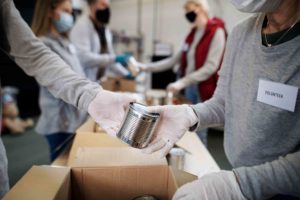 Freegan lifestyles
Freegan lifestyles
Practicing a Freegan lifestyle is relatively simple, and there are resources available, but the best and most impactful way one can contribute to the Freegan movement is by volunteering within the local community.
The Food Not Bombs volunteer page is a good place to start, helping you to find a ‘local Freegan community’ with an interactive map. More Freegan websites include Trashiwki.org and Freddy Freegan.
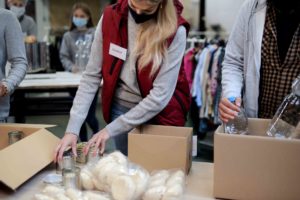
An end to Freeganism? The future of food waste
Freeganism started out as an ideological movement, with a goal to highlight the scale of perfectly edible food discarded each day. The successes enjoyed by participants around the world are a direct result of existing, wasteful food distribution and consumption systems. Today, as food rescue and donation programs across the US become increasingly mainstream, and the impact of food waste taken more seriously, it is hoped that there will less waste for Freegans to forage as system become fairer, more robust, and less wasteful.
The future of food waste lies in the abilities of both businesses and consumers to find viable outlets for edible produce that will not otherwise be sold or eaten.
Contact our TRUE advisors today to discuss the specific requirements of your business and subscribe to the RTS blog for more information and insight on food waste in the US.

